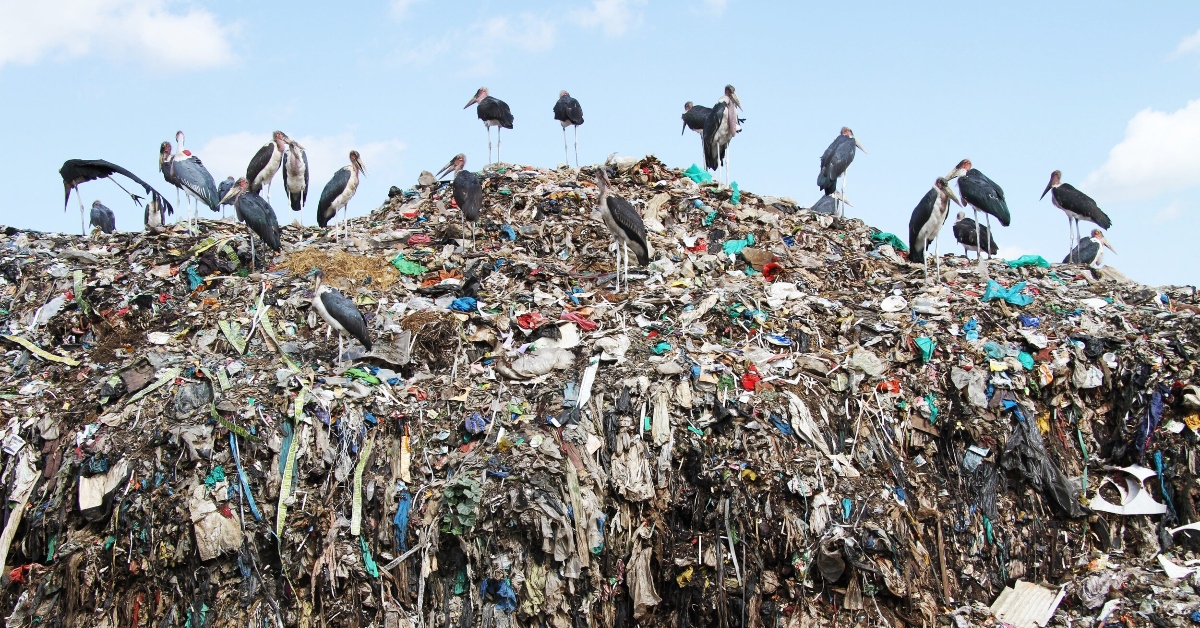
Fast fashion has become one of the most destructive forces in the modern world, wreaking havoc on the environment and endangering wildlife. This industry, characterized by its rapid production cycles and cheap garments, is the world’s second-largest consumer of water and contributes to about 10%of global carbon emissions — more than all international flights and maritime shipping combined.
Despite its overwhelming impact, consumers tend to overlook the environmental and societal consequences. From polluting rivers and lakes to exploiting vulnerable workers in developing economies, this industry exemplifies unsustainable practices that threaten ecosystems and human welfare alike. Understanding the depth of these issues is essential to fostering change and embracing sustainable options.
What Is Fast Fashion?
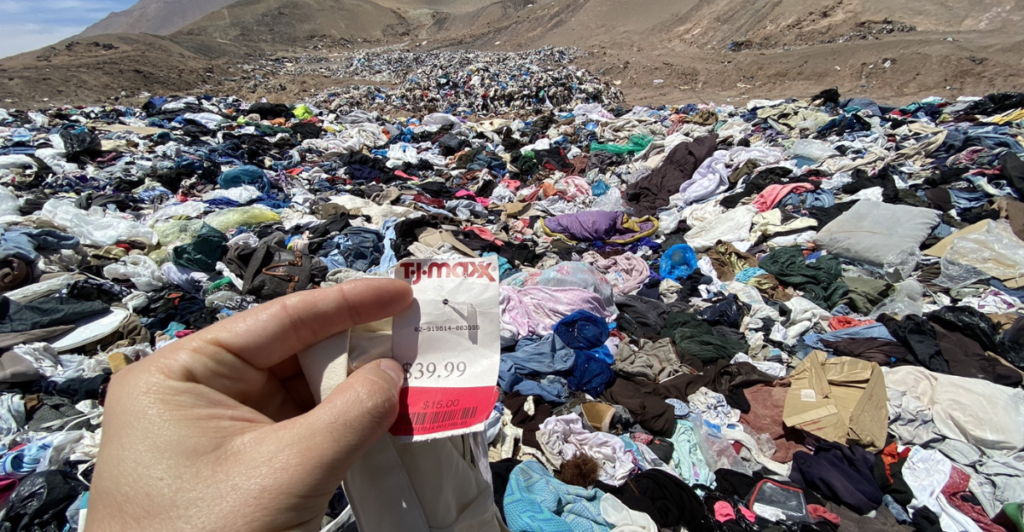
Fast fashion refers to cheaply produced clothing that mimics high-end runaway trends and is quickly distributed to stores to capitalize on fleeting consumer demands. This model is dependent on rapid design, production, and marketing processes that can produce high volumes of clothing sold at low prices.
The term became popular in the 1990s when Zara introduced its groundbreaking approach, slashing the lead times for new designs from months to 15 days. This sector is most often dominated by the likes of Zara, Shein, UNIQLO, Forever 21, and H&M, which provide consumers with affordable prices at the expense of environmental sustainability.
The Dark Side of Fast Fashion
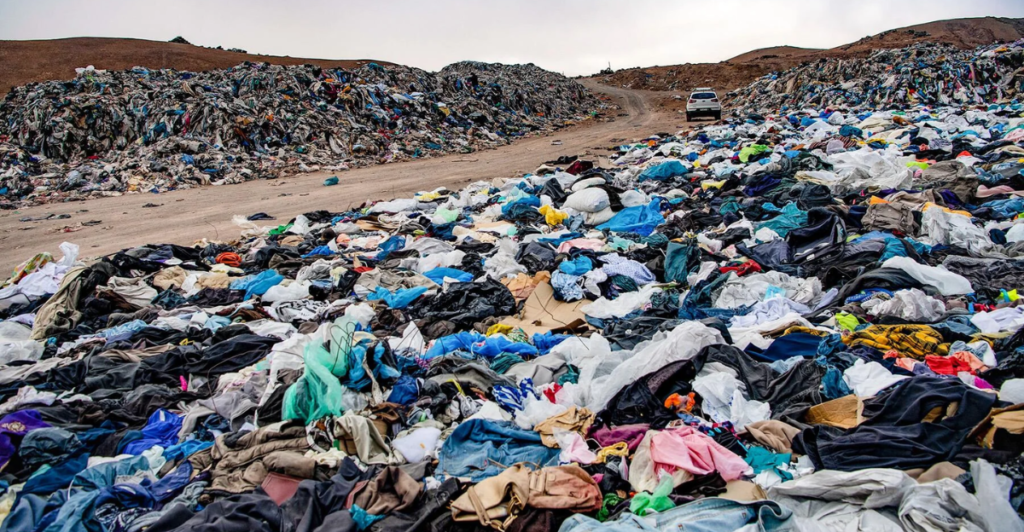
The environmental cost of fast fashion is staggering. The industry is also responsible for 10% of global carbon emissions, equivalent to the emissions generated by the European Union. It depletes water sources, pollutes rivers with toxic dyes, and sends 85% of textiles to landfills each year.
Synthetic clothing sends microfibers flowing out into oceans, roughly equal to 50 billion plastic bottles a year, doing more harm to marine ecosystems. Moreover, emissions from textile manufacturing are projected to increase by 60% by 2030 if existing practices continue.
Water Consumption and Pollution
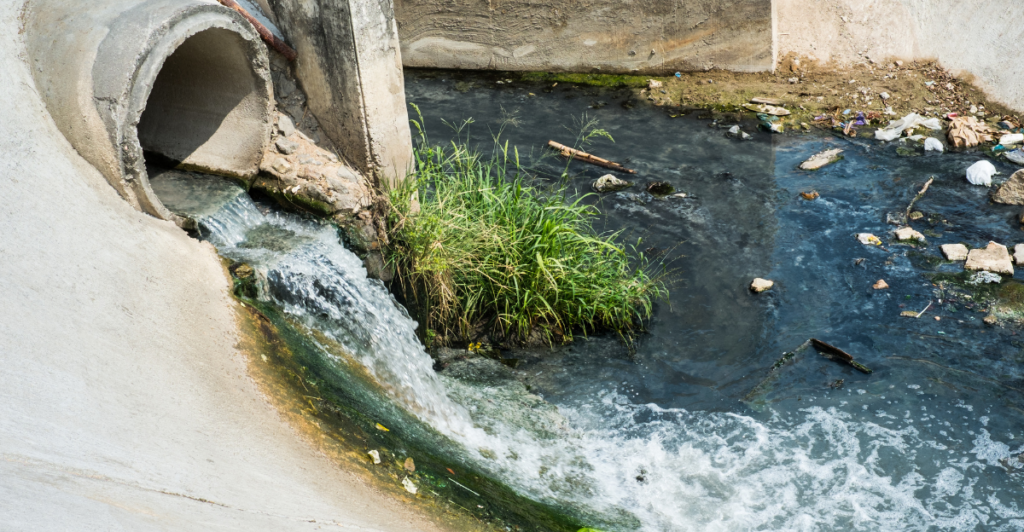
This is what makes fast fashion so unsustainable—the amount of water needed to churn out so many pieces. It takes about 700 gallons of water to produce one cotton shirt and up to 2,000 gallons for a pair of jeans.
In addition, textile dye is the second biggest water polluter worldwide. Wastewater generated in dyeing processes is frequently dumpted into streams or rivers without treatment, contaminating ecosystems and endangering wildlife.
Microplastics: A Hidden Threat

The affordability of synthetic fibers such as polyester, nylon, and acrylic makes them staples of fast fashion, but they pose significant environmental problems. These materials take hundreds of years to biodegrade, contributing to ocean pollution and microplastics.
According to a report released by the International Union for Conservation of Nature (IUCN), found that laundering synthetic textiles contributes to 35% of microplastic pollution in marine environments. This pollution disrupts aquatic life and enters food chains, causing long-term ecological damage.
Energy-Intensive Production
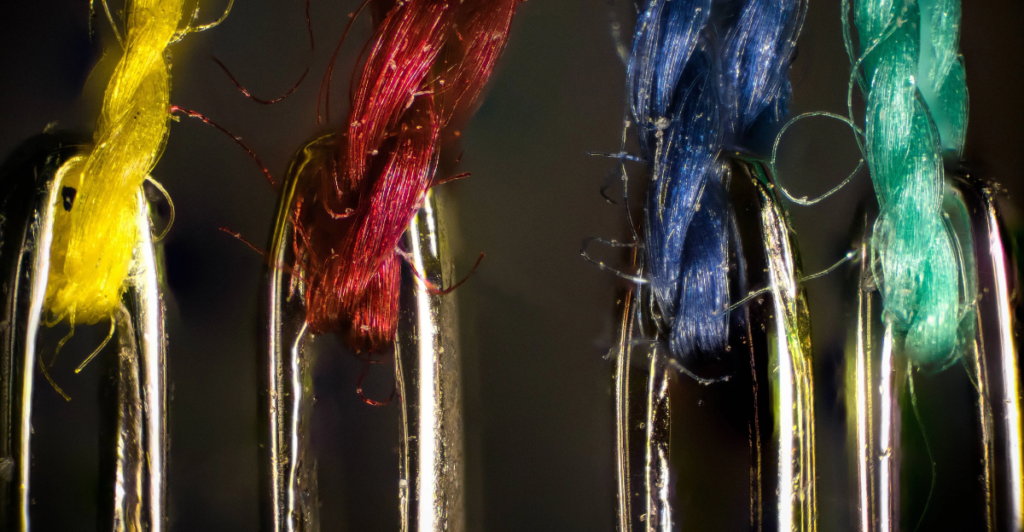
Fast fashion has huge energy demands. The processes necessary to turn plastic fibers into textiles depend on petroleum-based manufacturing, which spews noxious particulate matter and acids into the air.
Cotton production is also heavily dependent on pesticides, which threaten farmers’ health while depleting soil quality. Sustainable alternatives such as organic cotton, hemp, linen, and lyocell offer hope for reducing energy consumption in garment manufacturing.
Exploitations In Developing Economies
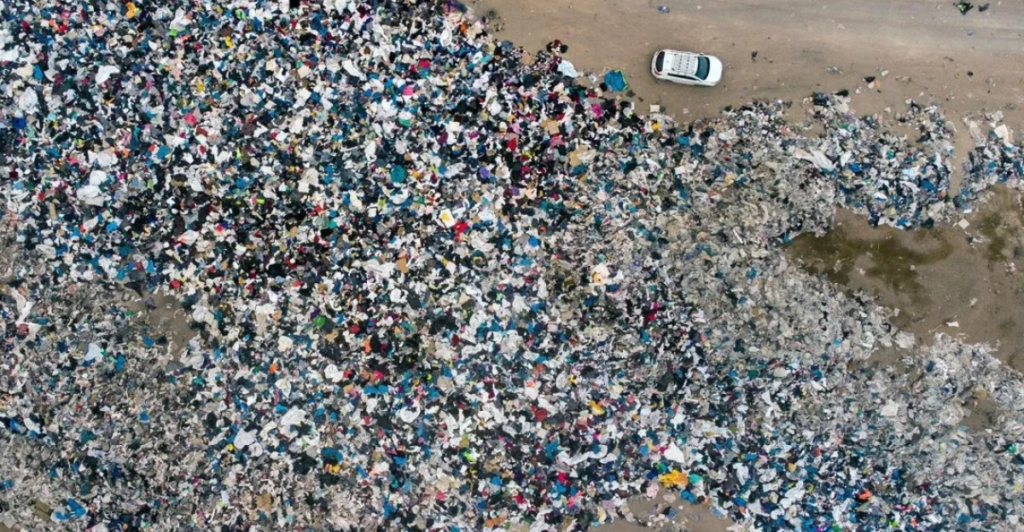
Fast fashion relies on fast production cycles that favor profit margins over human welfare. About 80% of apparel workers are young women between the ages of 18 to 24, with many working under exploitative conditions in developing countries such as Bangladesh, China, and India.
Evidence of forced labor and child exploitation is widespread in these regions. Tragic incidents like the 2013 collapse of the Rana Plaza factory in Dhaka highlight the industry’s disregard for worker safety.
Wildlife Endangerment
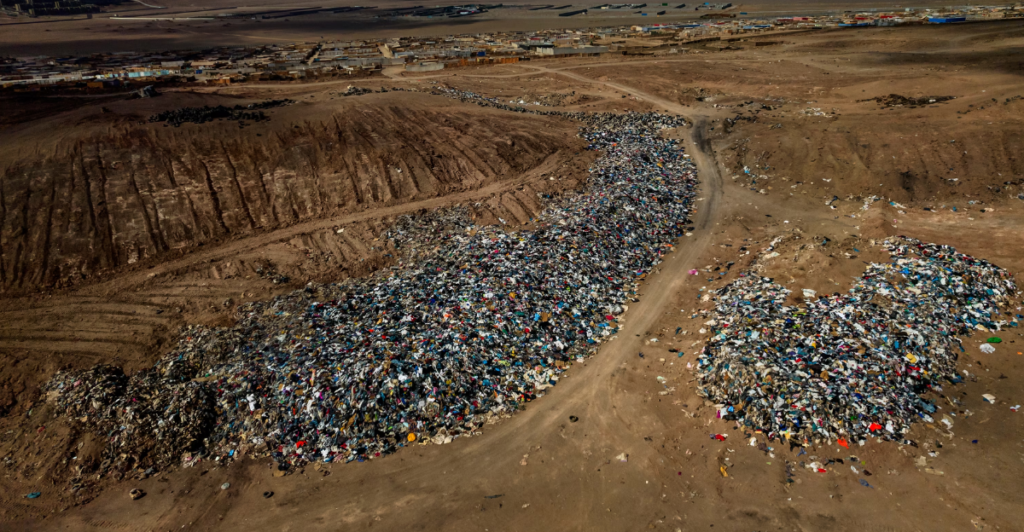
Additionally, fast fashion promotes an increasingly wasteful culture. The environmental degradation caused by fast fashion directly impacts wildlife habitats. Polluted waterways disrupt aquatic ecosystems while land degradation from cotton farming destroys natural habitats for land-based species. Additionally, leather production involves raising livestock on large amounts of feed and land, a process that contributes to deforestation and biodiversity loss.
Slow Fashion: A Sustainable Alternative
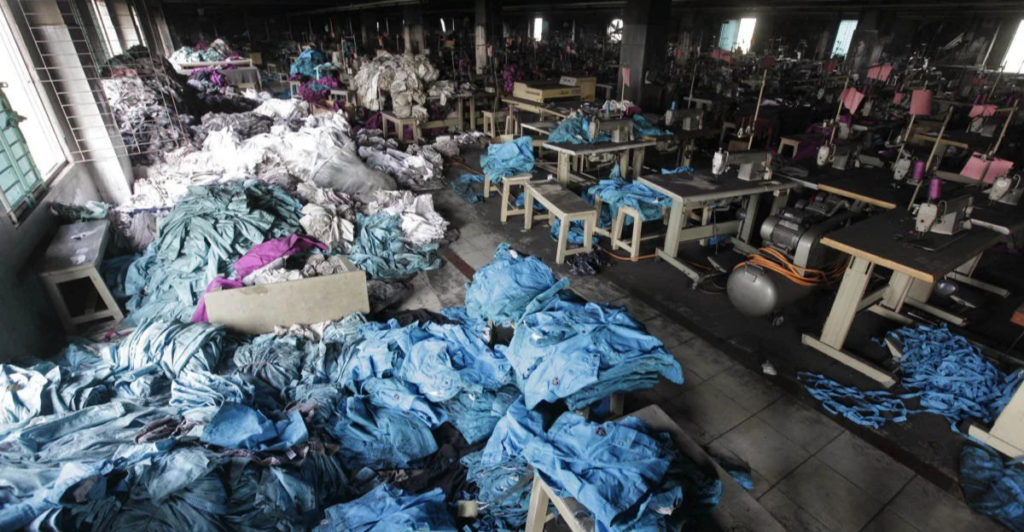
Slow fashion advocates for ethical production methods that respect people, animals, and the environmental. The movement encourages consumers to invest in durable clothing with longer lifespans rather than disposable trends. Companies like Adidas are testing out personalized gear to reduce waste from returns, while Ralph Lauren hopes to use sustainably sourced materials by 2025.
Consumer Solutions: Secondhand Shopping and Clothing Returns

Shoppers can fight the effects of fast fashion by turning to secondhand platforms like ThredUp or Poshmark, or opting for rental services like Rent the Runway or Mud Jeans. These alternatives reduce waste by extending the lifespan of clothes while decreasing demand for new production.
The Role of Governments and Corporations

Governments must implement stricter regulations on textile manufacturers to protect the environment. While leaders like Emmanuel Macron have begun sustainability pacts with major brands, others have shied away from reform. Corporations must also devote resources to implement circular business models that aim for reuse rather than wasteful consumption.
Society must do its part to combat fast fashion’s harrowing consequences on wildlife and the planet and encourage ethical labor practices globally by embracing sustainable methods at both individual and institutional levels.
Explore more of our trending stories and hit Follow to keep them coming to your feed!

Don’t miss out on more stories like this! Hit the Follow button at the top of this article to stay updated with the latest news. Share your thoughts in the comments—we’d love to hear from you!







